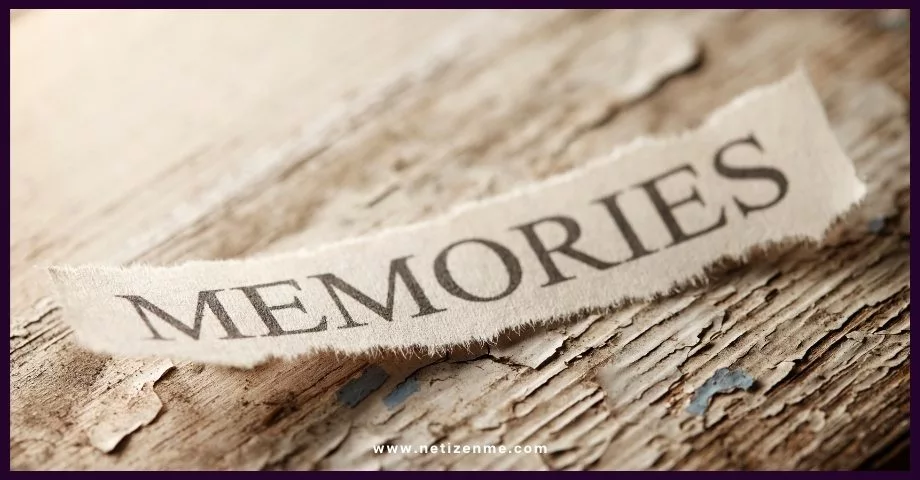Memory is a crucial skill for our continued existence. We cannot function in the present without recalling things we have learned, encountered, or scheduled to do. Even simple activities like eating and dressing would be meaningful if we had to relearn them whenever required. Psychologists and researchers have been captivated by the intricacies of the memory procedure for hundreds of years. Countless experiments have been conducted to comprehend and explain the occurrence of memory. Though research has shed some light on many types of memory, there is still much to learn about this vital life skill. So, what role does attention play in encoding information into memory? What is the role of attention in memory encoding? Let’s dive in.
What role does attention play in encoding information into memory?
Encoding is the first step in constructing a memory. This is the area of your brain where sensory information from the external world is processed and converted (encoded) into memories. To better comprehend the role of encoding in memory, we must first know the overall memory-creation process. According to psychologists, memory is divided into three stages (Awh, Vogel & Oh, 2006). Each component is essential to how memory is formed and recalled. These three components are as follows:
Encoding
The definition of encoding is knowledge accessing our memory system from sensory stimuli. This critical first step in forming a new memory entails recognizing something with our senses and then having the central nervous system process it into meaningful information. Information is encoded in a variety of ways.
Storage
Memory storage is the process of storing knowledge in the brain. The brain screens encoded information into sensory, short-term, and long-term memories. Memories are not tidily saved in one part of the brain. Instead, different aspects of memory are preserved in various brain sections connected by neural nets. The more information replicated through neural connections, the more likely it is to be retained in long-term memory.
Retrieval
Memory retrieval is remembering or re-accessing previously encoded and saved data. This is the memorization process. Memory can be accessed in two ways: recognition and recall.
Recognizing a physical object or occasion with a previous event is known as recognition. This primarily unconscious process aids in remembering things like facial recognition, details for multiple-choice exam questions, or how to explore your surroundings.
The recall involves recalling a fact, element, or event that is no longer physically present. It necessitates the direct disclosure of details from memory. This includes recounting the name of someone you know and fill-in-the-blank queries.
What is attention in encoding?
It is fair to assume that attention aids memory encoding, but the specifics of this modulation stay unknown. Furthermore, while it is unarguable that attending to or concentrating on a fact or event increases the likelihood of later memory, it is less clear how attention modifies and improves implicit, unconscious memories — those strands of expertise that we cannot express or proclaim. Innovations in brain scan research have aided in discovering these implicit memory traces in the brain. Similar techniques have also been used to identify which brain states are more likely to result in improved memory encoding and retrieval (Chun & Turk-Browne, 2007). In one sense, it indicates that processing reserves are being assigned to a task. In another context, attention entails deciding what deserves these reserves and denying them to others.
Check the following reference articles to learn more about What role does attention play in encoding information into memory?
- Chun, M. M., & Turk-Browne, N. B. (2007). Interactions between attention and memory. Current opinion in neurobiology, 17(2), 177-184.
- Awh, E., Vogel, E. K., & Oh, S. H. (2006). Interactions between attention and working memory. Neuroscience, 139(1), 201-208
This article is written by:
Our professional writers and editors are passionate about sharing high-quality information and insights with our audience. We conduct diligent research, maintain fact-checking protocols, and prioritize accuracy and integrity to the best of our capacity.
You can cite our articles under the author name "Netizenme"





